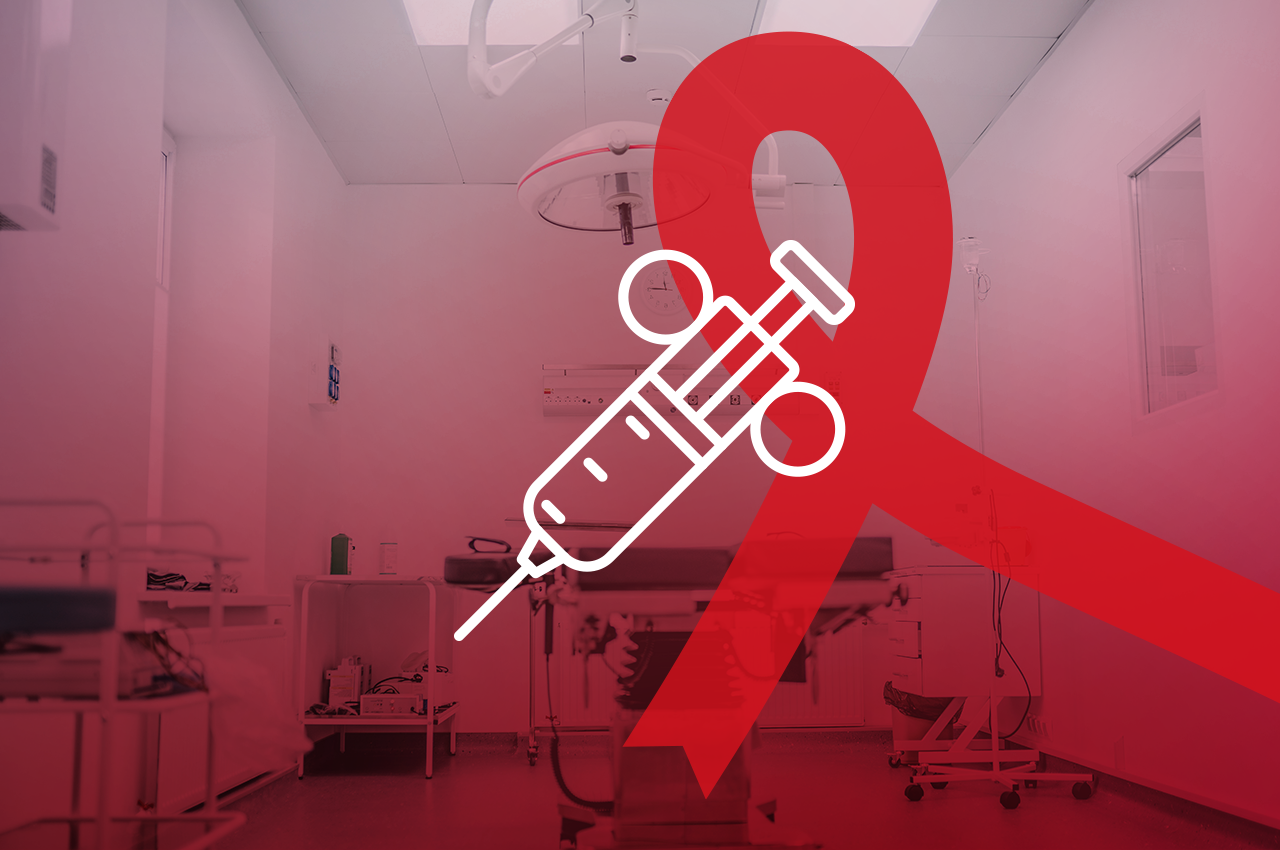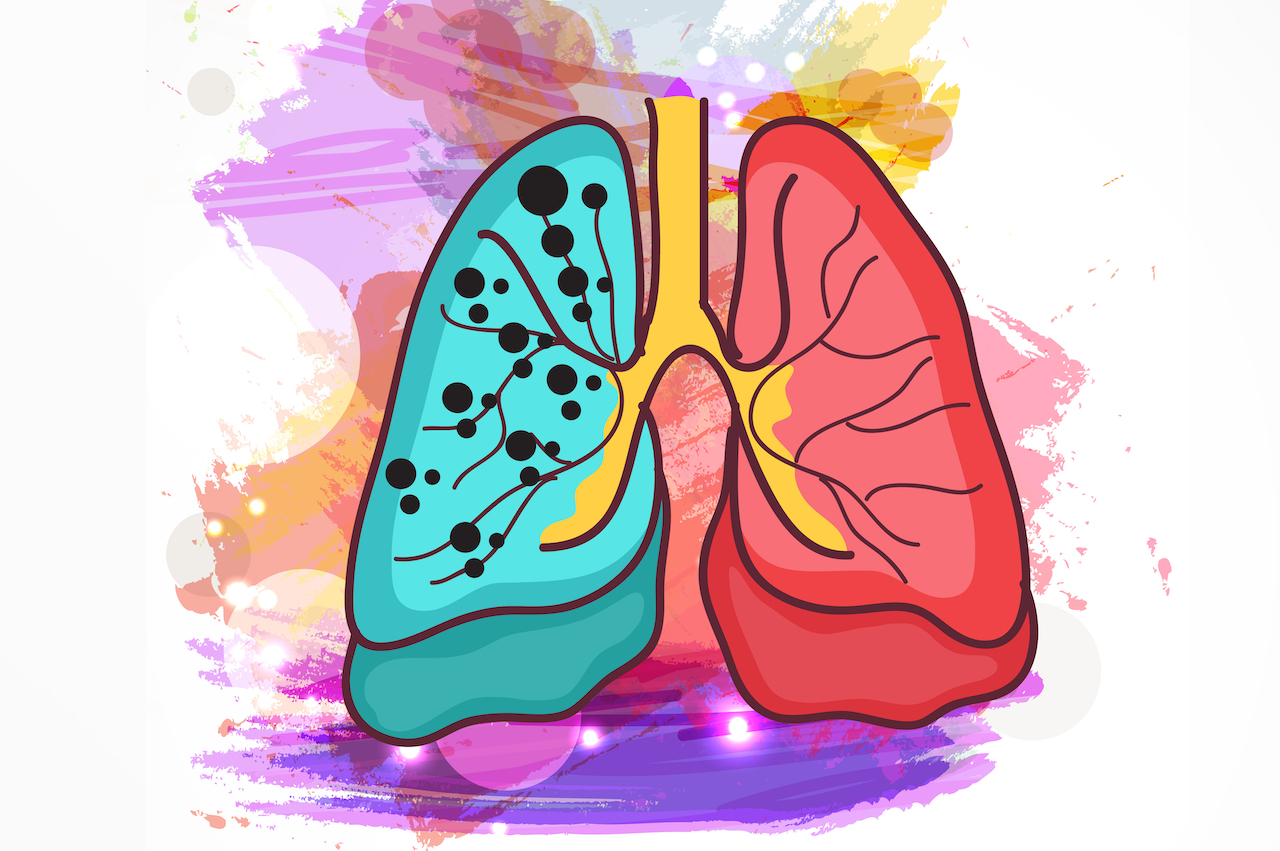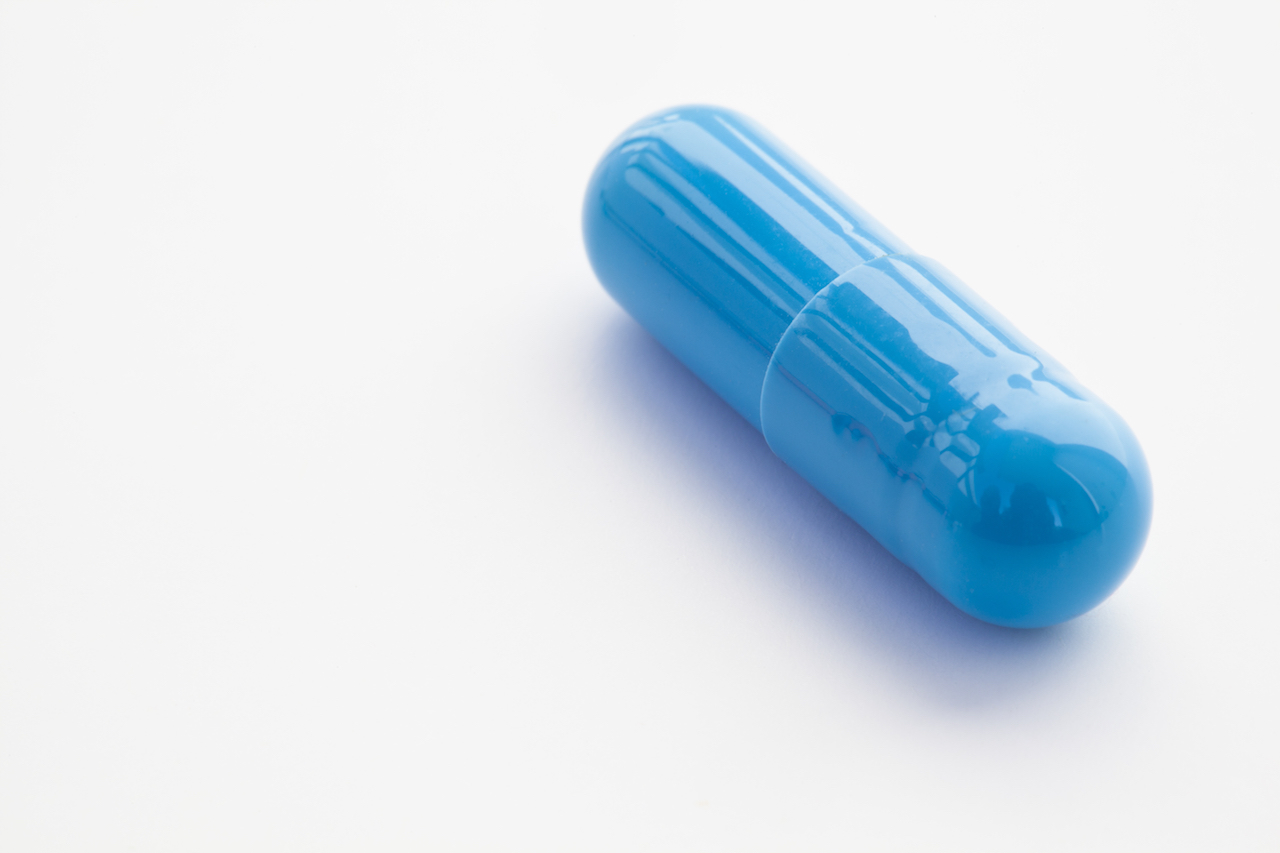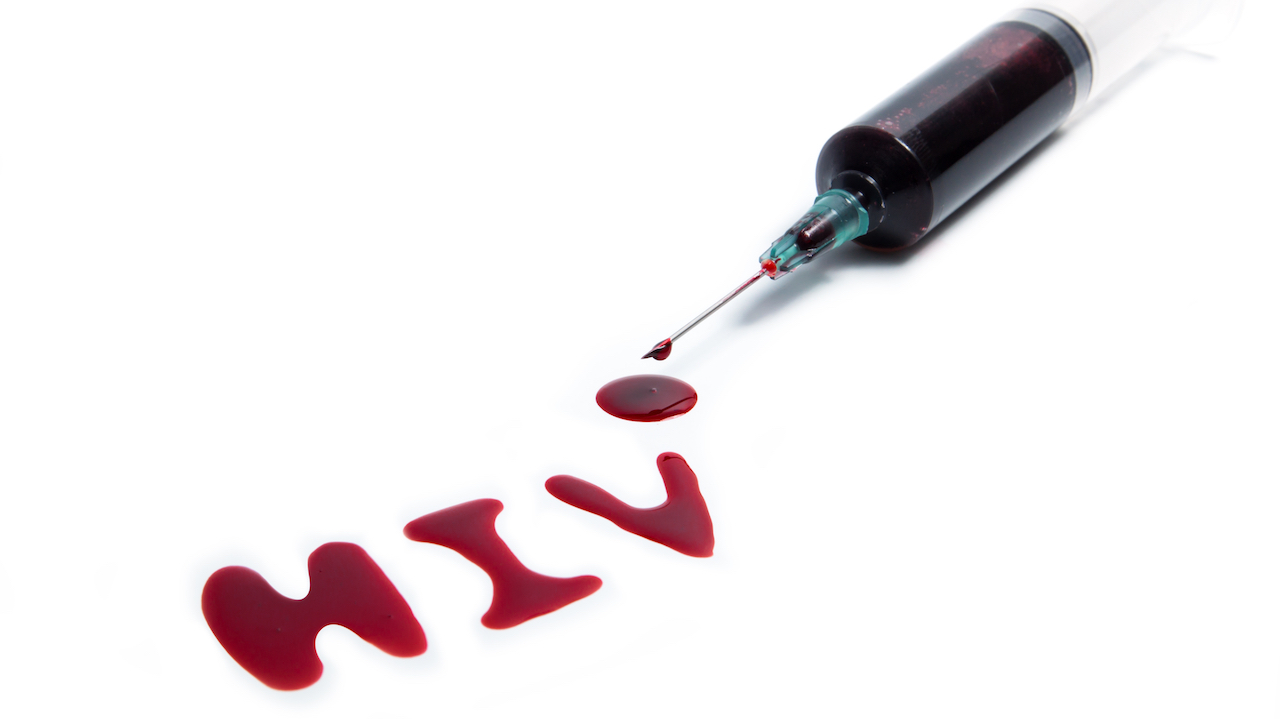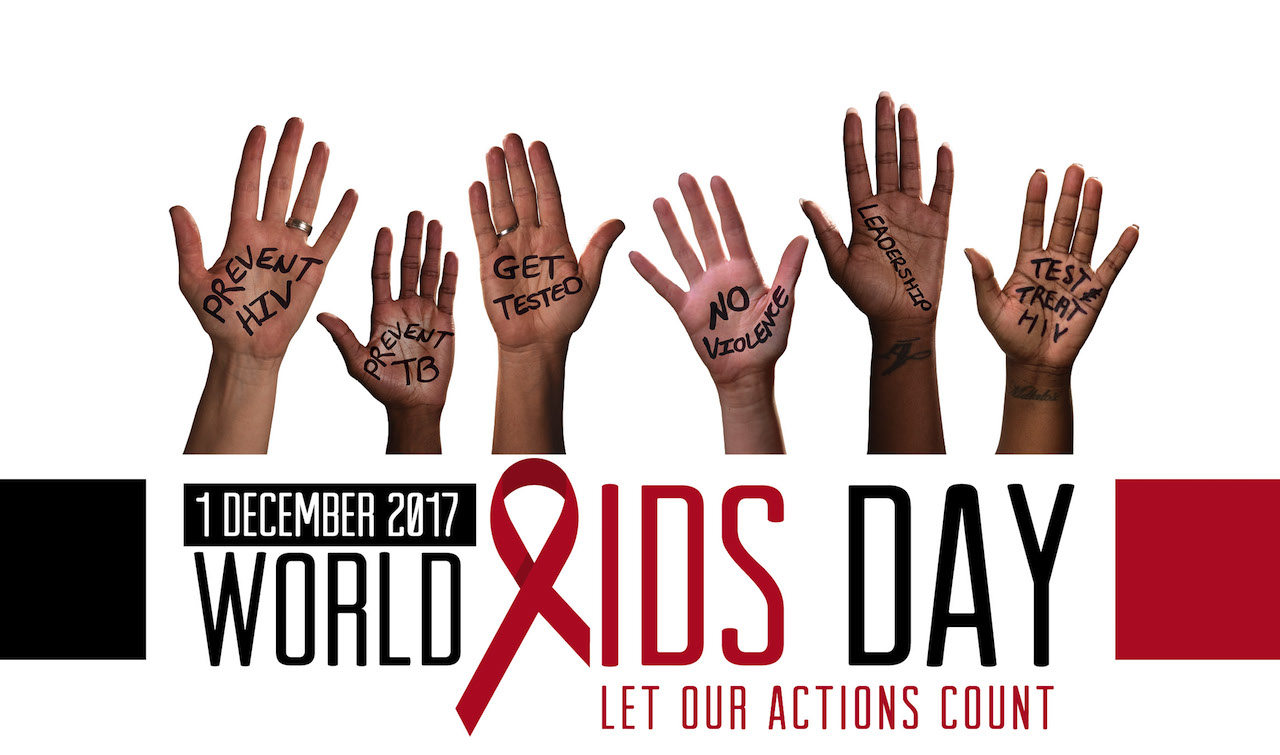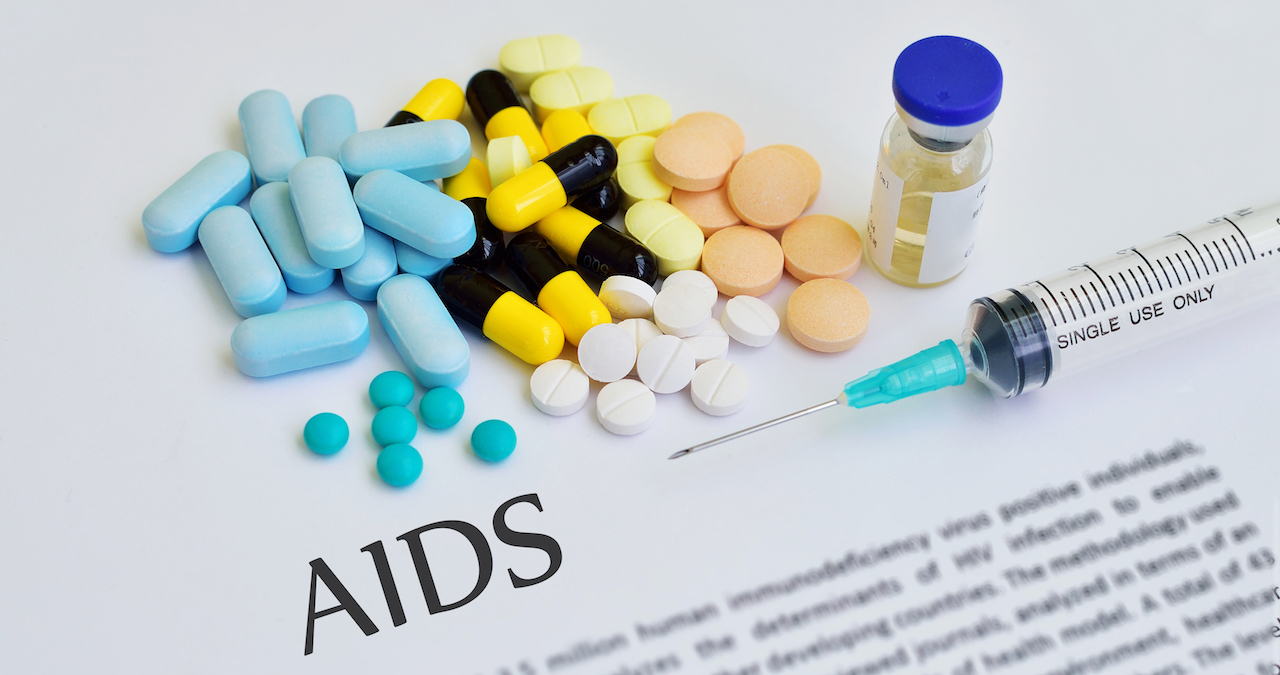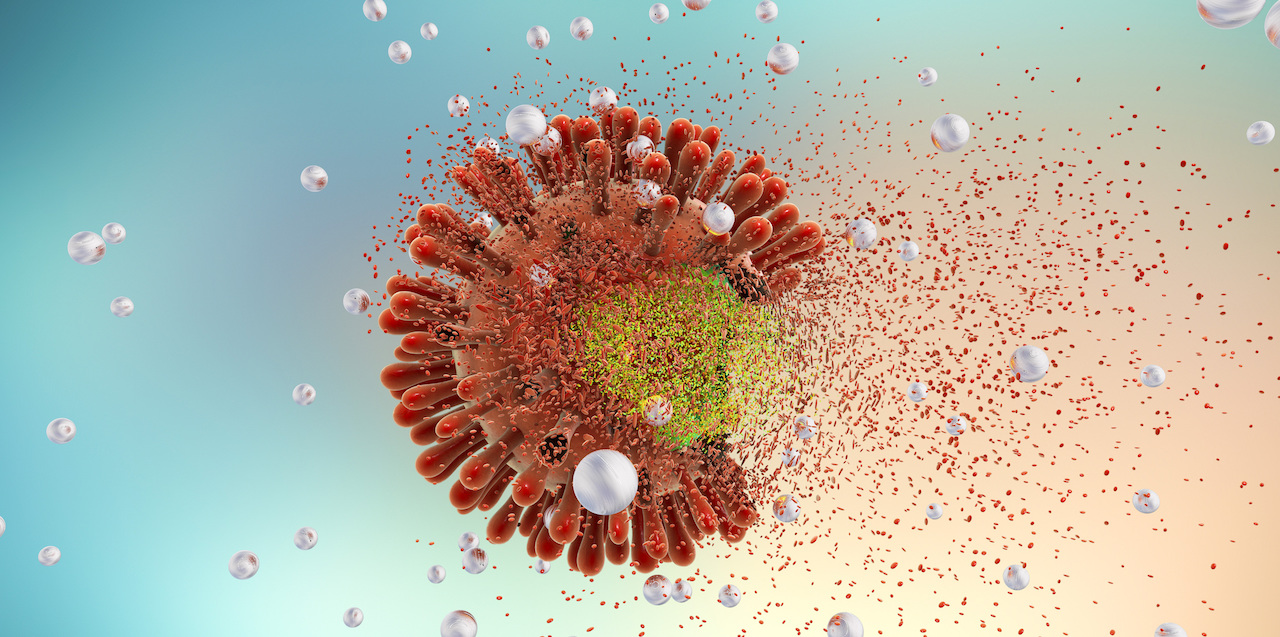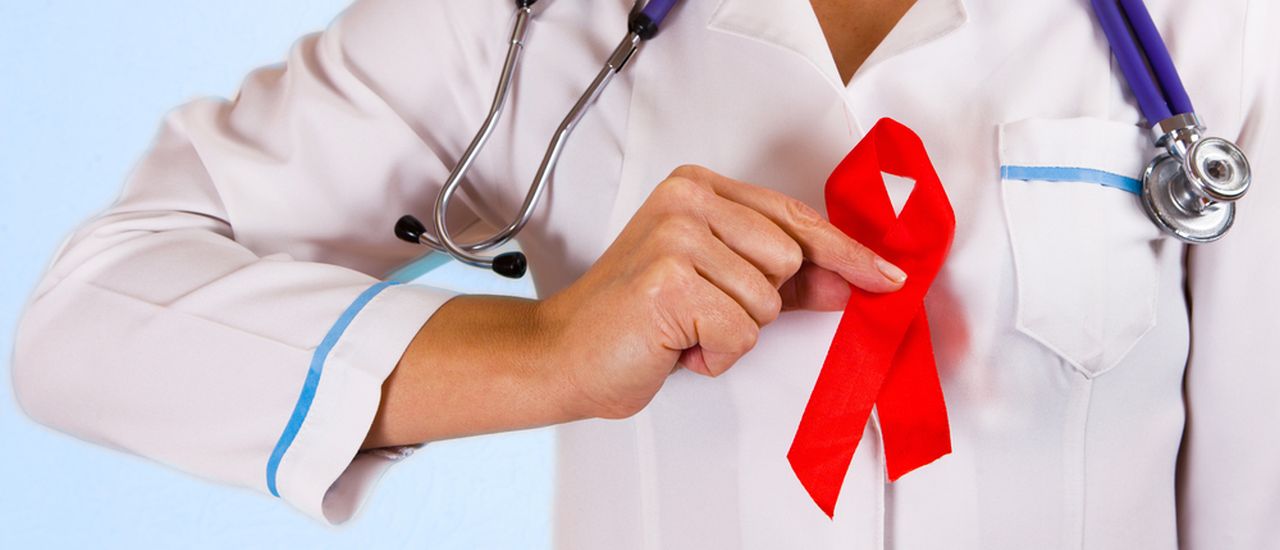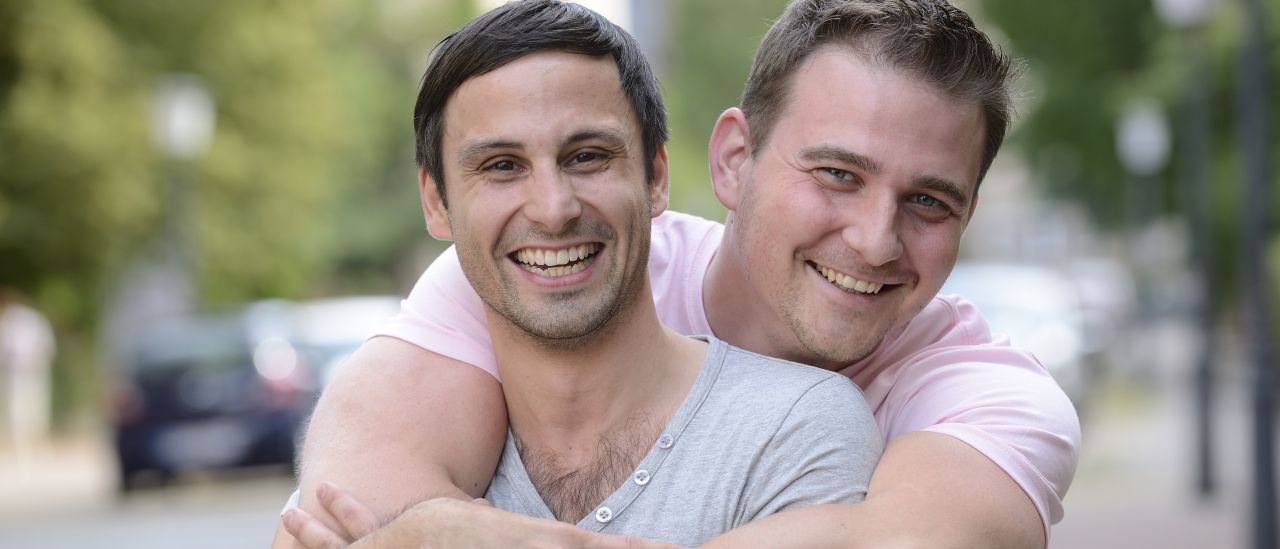According to UNAIDS (The Joint United Nations Programme on HIV and AIDS) there were approximately 37.9 million people across the globe with HIV/AIDS in 2018. Of these, 36.2 million were adults and 1.7 million were children.
While many live with HIV, there are several famous South Africans who have used their popularity and HIV status to raise awareness about the disease.
Criselda Kananda Dudumashe
This radio host and activist was diagnosed with HIV two decades ago – a time when there was almost no hope for pregnant moms and babies. Today, she’s a mother, motivational speaker, professional counsellor, and serves on the board of the South African National AIDS Council.
Criselda uses her personal story to inspire and encourage people to take responsibility for the choices they make. She believes there’s a need to educate people and takes opportunities to correct incorrect assumptions.
Lesego Motsepe
The late South African actress known for her role as Lettie Matabane in the soap opera Isidingo, disclosed her status on World Aids Day in 2011. She strived in educating people on behalf of the voiceless. Lesego died in 2014, two years after stopping ARV treatment.
The main lesson that is taught by these South Africans about the HIV stigma, is their use of their stories to encourage those affected by it to speak up and to know they can still live a healthy life by taking treatment.
Musa “Queen” Njoko
This renowned Gospel artist was only 22 when she was diagnosed with HIV. She went public about her HIV-positive status in 1995, when treatment wasn’t yet available in South Africa. Though she faced many challenges and stigma, today, Musa still tells her story through inspiring policy work through her music. She aims to encourage people to get tested for HIV and shares that you can still live a good life after being diagnosed.
Other international stars who have inspired those living with the disease include:
Magic Johnson
American retired professional basketball player, Earvin “Magic” Johnson Jr is the most well-
known sports star to disclose his HIV status. He has been living with the disease for more than 20 years and has committed himself to educating and informing people about the disease.
Charlie Sheen
Former Two and a Half Men star Charlie Sheen disclosed his HIV status after an exclusive interview with NBCs Today Show in 2015. He admitted that his admission to the disease was “like being released from prison”. Since then, he has publicly spoken out about his bout with the disease.
Get tested today
It’s recommended that you are tested for HIV and other sexually transmitted infections (STIs) at least once a year if you’re having sex, even if you always use protection.
If you’re having sex with a new partner or feel you’re more at risk, test more regularly.
If you test positive, it means you can start treatment quickly to protect your immune system and continue living a healthy life.
If you are HIV positive:
- Talk to your doctor about antiretroviral therapy (ART). People on ART take a combination of HIV medicines every day to treat the HIV infection.
- The main goal of ART is to reduce viral load to an undetectable level. An undetectable viral load means that the level of HIV in the blood is too low to be detected by a blood test.
- This is important because having an undetectable viral load means there’s effectively no risk of transmitting HIV to your HIV-negative partner through sex.
Although ART can’t cure HIV, it can help people with HIV live longer, healthier lives.
References:
- https://citizen.co.za/lifestyle/fitness-and-health-your-life-your-life/2044871/8-celebrities-who-are-hiv-positive-activists/
- https://www.unaids.org/en/resources/fact-sheet
- https://www.hiv.gov/hiv-basics/overview/data-and-trends/global-statistics
- https://briefly.co.za/20300-unashamed-criselda-kananda-dudumashe-opens-hiv-status.html
- https://www.avert.org/hiv-testing/when-get-tested-hiv
- https://aidsinfo.nih.gov/understanding-hiv-aids/fact-sheets/19/47/hiv-testing
- https://albertonrecord.co.za/129497/living-positively-7-famous-people-living-with-hivaids/


